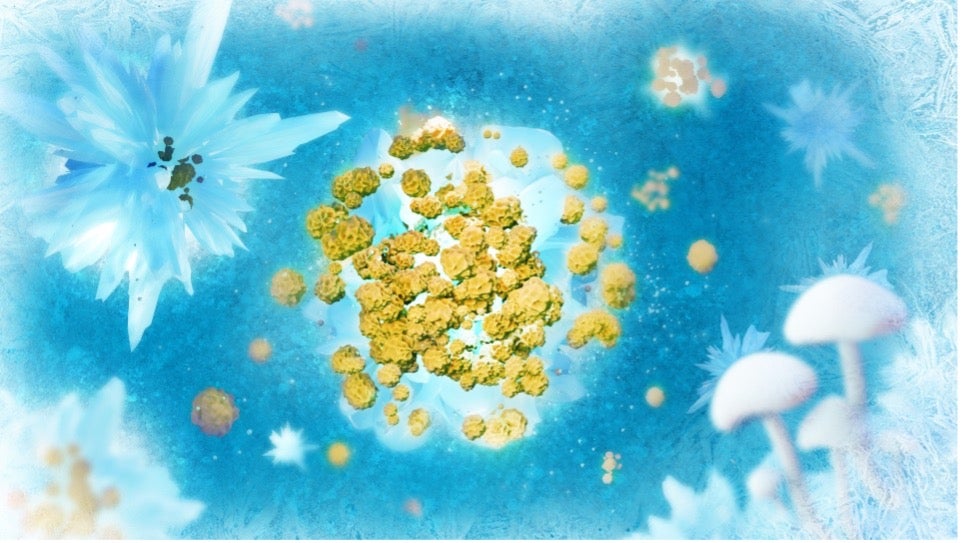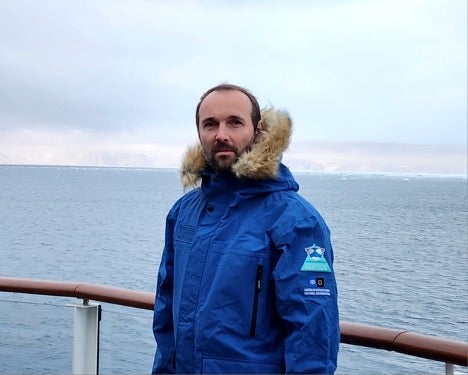
Snow and hail are formed in clouds, while fungi and other microorganisms thrive on the ground. But the fact that the two can be related, with microbes influencing ice formation in clouds, has been studied in more detail only in recent years. Researchers at Boise State University led by chemsitry faculty Konrad Meister have now investigated in more detail how exactly this mechanism works at the molecular level and how it can be exploited technologically.
Water freezes at zero degrees Celsius – that’s what we learn in school. However, pure water without impurities only freezes at much lower temperatures around -40 degrees Celsius. Only condensation nuclei (such as dust or dirt particles) cause higher freezing temperatures. Certain biological substances found in pollen, bacteria or even fungi are particularly efficient in supporting such ice formation. However, the molecular basis and precise mechanisms of such “biological ice nuclei” were poorly understood until now.
“We looked at a fungus of the genus Fusarium that is particularly efficient at driving ice formation,” said Konrad Meister, an assistant professor at Boise State University and affiliated group leader at the Max Planck Institute for Polymer Research.
The fungus is a well-known plant pathogen worldwide. Spores can, for example, rise up into the atmosphere, where they use special ice-nucleating substances to boost ice formation.

The international research team led by Meister has now been able to show what exactly enables ice formation and how the ice-making substances are structured. They were able to show that small proteins are involved, which can aggregate outside the fungus to form larger protein aggregates.
Thanks to their size, these aggregates enable very efficient ice-making. This could be confirmed by Meister and colleagues experimentally and with theoretical calculations of an American team of colleagues working with Professor Valeria Molinero of the University of Utah.
According to Meister, the mechanism of forming larger aggregates from smaller building blocks is found not only in fungi but also in other organisms.
“Nevertheless, we were surprised by the small size of the fungal protein building blocks compared to their efficiency,” Meister said. “Other known and similarly efficient ice-making proteins from other organisms, for example, are 25 times larger.”
An even more detailed understanding of the molecular mechanisms could help to produce such efficient proteins artificially as well. Applications would include energy-efficient freezing of food, artificial generation of snow, or biological cloud seeding.
The researchers have now published their results in the journal “Proceedings of the National Academy of Sciences (PNAS).”
-Article written by A.K. Bonn and published on the Max Planck Institute for Polymer Research website.